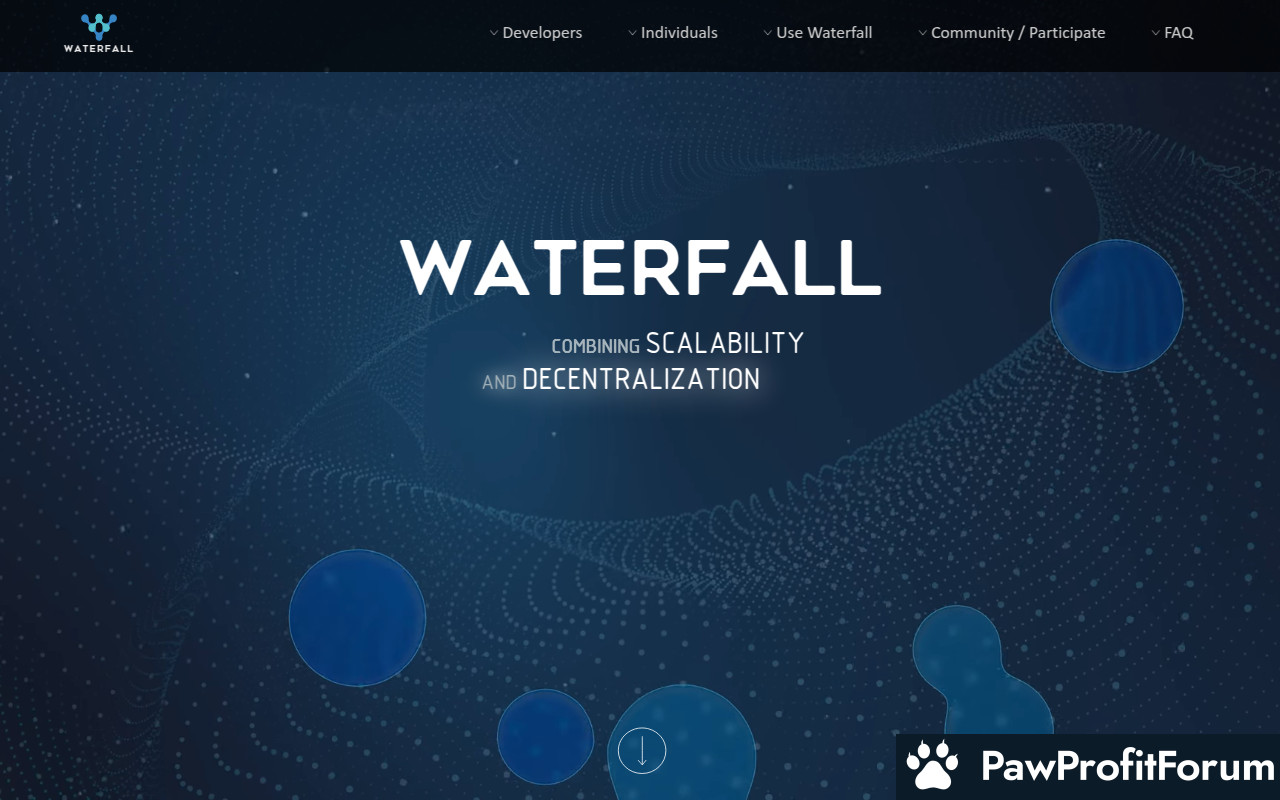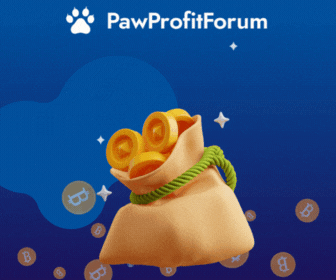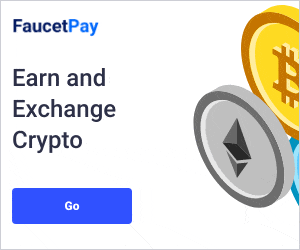Waterfall is a highly scalable and highly decentralized Layer 1 protocol based on Directed Acyclic Graph (DAG) technology, with Proof-of-Stake (PoS) consensus involving the participation of millions of nodes. With the capacity to support millions of nodes, Waterfall provides an efficient and user-friendly ecosystem for developing decentralized applications (DApps). The Waterfall platform is based on Ethereum Virtual Machine (EVM).
Achieving an impressive 11,000 transactions per second (TPS), Waterfall demonstrates its capability to handle high throughput, making it suitable for a wide range of applications. The protocol's governance is managed through a Decentralized Autonomous Organization (DAO), promoting community-driven decision-making and transparency. Waterfall operates as a Switzerland Association, reflecting its commitment to regulatory compliance and global standards.
First developed in 2021, Waterfall launched its mainnet in 2022, marking a significant milestone in its development. The platform has established partnerships with entities like Blue Wave Inc, enhancing its ecosystem and expanding its reach. Additionally, Waterfall employs a tiered pricing model on some exchanges, where trading fees decrease as trading volume increases, incentivizing higher trading activity.
The combination of DAG technology and PoS consensus not only ensures scalability but also enhances security and efficiency. Waterfall's EVM compatibility allows developers to leverage existing Ethereum tools and frameworks, simplifying the transition and integration process.
The consensus mechanism employed by Waterfall is Proof-of-Stake (PoS). In this system, validators are chosen to create new blocks and confirm transactions based on the number of tokens they hold and are willing to "stake" as collateral. This method is energy-efficient compared to Proof-of-Work (PoW) systems, which require significant computational power. The PoS mechanism in Waterfall involves the participation of millions of nodes, making it highly decentralized and secure. The more nodes that participate, the harder it becomes for bad actors to manipulate the network, as they would need to control a majority of the staked tokens.
Waterfall also incorporates two-way bridges with popular protocols, enhancing its interoperability. These bridges allow assets and data to move seamlessly between Waterfall and other blockchain networks, fostering a more connected and versatile ecosystem. This interoperability is crucial for the development and integration of decentralized applications (DApps), which can benefit from the unique features of multiple blockchain platforms.
Another significant aspect of Waterfall's technology is its compatibility with the Ethereum Virtual Machine (EVM). This compatibility means that developers can easily port their existing Ethereum-based DApps to the Waterfall network without extensive modifications. This feature not only saves time and resources but also encourages more developers to build on the Waterfall platform, enriching its ecosystem with a variety of applications.
Low transaction fees are another attractive feature of Waterfall. By leveraging the efficiency of DAG technology and PoS consensus, Waterfall can process transactions at a fraction of the cost associated with traditional blockchain networks. This cost-effectiveness makes it an appealing option for users and developers alike, who can execute transactions and deploy smart contracts without worrying about prohibitive fees.
Security is a paramount concern in any blockchain network, and Waterfall addresses this through its robust architecture. The decentralized nature of the network, combined with the PoS consensus mechanism, ensures that it is resistant to common attacks such as double-spending and 51% attacks. The vast number of participating nodes adds an additional layer of security, making it exceedingly difficult for any single entity to gain control over the network.
In terms of scalability, Waterfall's DAG-based structure allows it to handle a high volume of transactions without compromising speed or efficiency. This scalability is essential for supporting a growing number of users and applications, ensuring that the network can expand and adapt to increasing demands.
The Waterfall platform is designed to be user-friendly, providing developers with the tools and resources they need to create innovative DApps. The combination of scalability, low fees, and EVM compatibility makes it an attractive environment for development, fostering a vibrant and dynamic ecosystem.
By integrating these advanced technologies and features, Waterfall aims to provide a comprehensive and efficient blockchain solution that meets the needs of various stakeholders, from individual users to large-scale enterprises.
One of the primary real-world applications of Waterfall is its ability to facilitate fast tokenization. This means that users can create their own tokens and non-fungible tokens (NFTs) quickly and efficiently. This is particularly useful for artists, content creators, and businesses looking to leverage blockchain technology for digital assets.
Waterfall also excels in advanced network security. Its decentralized nature and PoS consensus mechanism make it highly resistant to attacks, ensuring that transactions and data remain secure. This is crucial for industries that require high levels of security, such as finance and healthcare.
Another significant application is the creation of decentralized applications (DApps). Waterfall's compatibility with the Ethereum Virtual Machine (EVM) allows developers to build and deploy DApps with ease. This opens up a wide range of possibilities, from decentralized finance (DeFi) platforms to gaming and social media applications.
The platform also offers low transaction fees, making it an attractive option for users who need to perform frequent transactions without incurring high costs. This is beneficial for everyday users and businesses alike, who can save on transaction fees while enjoying the benefits of blockchain technology.
Waterfall's high decentralization and scalability make it a suitable choice for running nodes and creating smart contracts. This ensures that the network remains robust and can handle a large number of transactions simultaneously, which is essential for applications that require high throughput.
Additionally, Waterfall has the potential for use in media and partnerships, acting as a bridge with other protocols. This interoperability allows for seamless integration with various blockchain networks, enhancing its utility and reach.
Lastly, Waterfall provides a decentralized governance platform, enabling community members to participate in decision-making processes. This democratic approach ensures that the platform evolves in a way that benefits all stakeholders, fostering a strong and engaged community.
One of the significant milestones for Waterfall was achieving 11,000 transactions per second (TPS). This achievement underscored the protocol's scalability and efficiency, setting it apart from many other blockchain networks. The high TPS capability is crucial for supporting a wide range of applications and ensuring smooth and fast transactions.
The launch of test nets marked another pivotal event for Waterfall. These test nets allowed developers to experiment with the platform, identify potential issues, and optimize performance before the mainnet launch. This phase was essential for ensuring the robustness and reliability of the Waterfall network.
Partnerships have played a crucial role in Waterfall's development and growth. Collaborations with prominent companies and platforms such as Google Cloud, InfStones, and ByteTrade have significantly bolstered the network's infrastructure and capabilities. These partnerships have facilitated enhanced security, scalability, and overall performance of the Waterfall ecosystem.
Waterfall has also been active in the community, participating in various events and conferences. These engagements have helped raise awareness about the project, attract new users and developers, and foster a supportive and engaged community. Recognition and support from the community are vital for the long-term success and sustainability of any blockchain project.
The project is currently in development, with a rolling roadmap for future updates and releases. This ongoing development ensures that Waterfall continues to evolve and adapt to the changing needs of the blockchain and cryptocurrency landscape. The commitment to continuous improvement and innovation is a testament to the project's dedication to providing a cutting-edge platform for decentralized applications.
Waterfall's journey has been marked by significant achievements and strategic partnerships, positioning it as a promising player in the blockchain space. The combination of high scalability, robust infrastructure, and active community engagement sets the stage for its continued growth and success.
What is Waterfall?
Waterfall (WATER) stands out as a highly scalable and decentralized Layer 1 protocol, leveraging Directed Acyclic Graph (DAG) technology. This innovative approach, combined with Proof-of-Stake (PoS) consensus, enables the participation of millions of nodes, ensuring robust security and decentralization. Waterfall's infrastructure is built on the Ethereum Virtual Machine (EVM), facilitating the creation of tokens and NFTs, and fostering a versatile environment for decentralized applications (DApps).Achieving an impressive 11,000 transactions per second (TPS), Waterfall demonstrates its capability to handle high throughput, making it suitable for a wide range of applications. The protocol's governance is managed through a Decentralized Autonomous Organization (DAO), promoting community-driven decision-making and transparency. Waterfall operates as a Switzerland Association, reflecting its commitment to regulatory compliance and global standards.
First developed in 2021, Waterfall launched its mainnet in 2022, marking a significant milestone in its development. The platform has established partnerships with entities like Blue Wave Inc, enhancing its ecosystem and expanding its reach. Additionally, Waterfall employs a tiered pricing model on some exchanges, where trading fees decrease as trading volume increases, incentivizing higher trading activity.
The combination of DAG technology and PoS consensus not only ensures scalability but also enhances security and efficiency. Waterfall's EVM compatibility allows developers to leverage existing Ethereum tools and frameworks, simplifying the transition and integration process.
What is the technology behind Waterfall?
Waterfall (WATER) is a cryptocurrency that operates on a highly scalable and decentralized Layer 1 protocol. The foundation of Waterfall's technology is Directed Acyclic Graph (DAG) technology, which differs significantly from traditional blockchain structures. Unlike blockchains that use a linear chain of blocks, DAG structures allow for a more flexible and efficient way of recording transactions. This flexibility is achieved by allowing multiple transactions to be processed simultaneously, which enhances scalability and reduces bottlenecks.The consensus mechanism employed by Waterfall is Proof-of-Stake (PoS). In this system, validators are chosen to create new blocks and confirm transactions based on the number of tokens they hold and are willing to "stake" as collateral. This method is energy-efficient compared to Proof-of-Work (PoW) systems, which require significant computational power. The PoS mechanism in Waterfall involves the participation of millions of nodes, making it highly decentralized and secure. The more nodes that participate, the harder it becomes for bad actors to manipulate the network, as they would need to control a majority of the staked tokens.
Waterfall also incorporates two-way bridges with popular protocols, enhancing its interoperability. These bridges allow assets and data to move seamlessly between Waterfall and other blockchain networks, fostering a more connected and versatile ecosystem. This interoperability is crucial for the development and integration of decentralized applications (DApps), which can benefit from the unique features of multiple blockchain platforms.
Another significant aspect of Waterfall's technology is its compatibility with the Ethereum Virtual Machine (EVM). This compatibility means that developers can easily port their existing Ethereum-based DApps to the Waterfall network without extensive modifications. This feature not only saves time and resources but also encourages more developers to build on the Waterfall platform, enriching its ecosystem with a variety of applications.
Low transaction fees are another attractive feature of Waterfall. By leveraging the efficiency of DAG technology and PoS consensus, Waterfall can process transactions at a fraction of the cost associated with traditional blockchain networks. This cost-effectiveness makes it an appealing option for users and developers alike, who can execute transactions and deploy smart contracts without worrying about prohibitive fees.
Security is a paramount concern in any blockchain network, and Waterfall addresses this through its robust architecture. The decentralized nature of the network, combined with the PoS consensus mechanism, ensures that it is resistant to common attacks such as double-spending and 51% attacks. The vast number of participating nodes adds an additional layer of security, making it exceedingly difficult for any single entity to gain control over the network.
In terms of scalability, Waterfall's DAG-based structure allows it to handle a high volume of transactions without compromising speed or efficiency. This scalability is essential for supporting a growing number of users and applications, ensuring that the network can expand and adapt to increasing demands.
The Waterfall platform is designed to be user-friendly, providing developers with the tools and resources they need to create innovative DApps. The combination of scalability, low fees, and EVM compatibility makes it an attractive environment for development, fostering a vibrant and dynamic ecosystem.
By integrating these advanced technologies and features, Waterfall aims to provide a comprehensive and efficient blockchain solution that meets the needs of various stakeholders, from individual users to large-scale enterprises.
What are the real-world applications of Waterfall?
Waterfall (WATER) is a highly scalable and decentralized Layer 1 protocol based on Directed Acyclic Graph (DAG) technology, utilizing Proof-of-Stake (PoS) consensus. This innovative structure allows for the participation of millions of nodes, creating a robust and efficient ecosystem for developing decentralized applications (DApps).One of the primary real-world applications of Waterfall is its ability to facilitate fast tokenization. This means that users can create their own tokens and non-fungible tokens (NFTs) quickly and efficiently. This is particularly useful for artists, content creators, and businesses looking to leverage blockchain technology for digital assets.
Waterfall also excels in advanced network security. Its decentralized nature and PoS consensus mechanism make it highly resistant to attacks, ensuring that transactions and data remain secure. This is crucial for industries that require high levels of security, such as finance and healthcare.
Another significant application is the creation of decentralized applications (DApps). Waterfall's compatibility with the Ethereum Virtual Machine (EVM) allows developers to build and deploy DApps with ease. This opens up a wide range of possibilities, from decentralized finance (DeFi) platforms to gaming and social media applications.
The platform also offers low transaction fees, making it an attractive option for users who need to perform frequent transactions without incurring high costs. This is beneficial for everyday users and businesses alike, who can save on transaction fees while enjoying the benefits of blockchain technology.
Waterfall's high decentralization and scalability make it a suitable choice for running nodes and creating smart contracts. This ensures that the network remains robust and can handle a large number of transactions simultaneously, which is essential for applications that require high throughput.
Additionally, Waterfall has the potential for use in media and partnerships, acting as a bridge with other protocols. This interoperability allows for seamless integration with various blockchain networks, enhancing its utility and reach.
Lastly, Waterfall provides a decentralized governance platform, enabling community members to participate in decision-making processes. This democratic approach ensures that the platform evolves in a way that benefits all stakeholders, fostering a strong and engaged community.
What key events have there been for Waterfall?
Waterfall (WATER) is a highly scalable and decentralized Layer 1 protocol based on Directed Acyclic Graph (DAG) technology, utilizing Proof-of-Stake (PoS) consensus. This innovative approach allows the participation of millions of nodes, creating an efficient and user-friendly ecosystem for developing decentralized applications (DApps). The platform is compatible with the Ethereum Virtual Machine (EVM), enhancing its versatility and appeal to developers.One of the significant milestones for Waterfall was achieving 11,000 transactions per second (TPS). This achievement underscored the protocol's scalability and efficiency, setting it apart from many other blockchain networks. The high TPS capability is crucial for supporting a wide range of applications and ensuring smooth and fast transactions.
The launch of test nets marked another pivotal event for Waterfall. These test nets allowed developers to experiment with the platform, identify potential issues, and optimize performance before the mainnet launch. This phase was essential for ensuring the robustness and reliability of the Waterfall network.
Partnerships have played a crucial role in Waterfall's development and growth. Collaborations with prominent companies and platforms such as Google Cloud, InfStones, and ByteTrade have significantly bolstered the network's infrastructure and capabilities. These partnerships have facilitated enhanced security, scalability, and overall performance of the Waterfall ecosystem.
Waterfall has also been active in the community, participating in various events and conferences. These engagements have helped raise awareness about the project, attract new users and developers, and foster a supportive and engaged community. Recognition and support from the community are vital for the long-term success and sustainability of any blockchain project.
The project is currently in development, with a rolling roadmap for future updates and releases. This ongoing development ensures that Waterfall continues to evolve and adapt to the changing needs of the blockchain and cryptocurrency landscape. The commitment to continuous improvement and innovation is a testament to the project's dedication to providing a cutting-edge platform for decentralized applications.
Waterfall's journey has been marked by significant achievements and strategic partnerships, positioning it as a promising player in the blockchain space. The combination of high scalability, robust infrastructure, and active community engagement sets the stage for its continued growth and success.
Who are the founders of Waterfall?
Waterfall (WATER) is a highly scalable and decentralized Layer 1 protocol leveraging Directed Acyclic Graph (DAG) technology and Proof-of-Stake (PoS) consensus, designed to support millions of nodes and facilitate decentralized applications (DApps) development. The founders of Waterfall include Leonchyk, Blue Wave Inc., and Shane Fan. Leonchyk and Blue Wave Inc. have been instrumental in the technical and strategic development of the project, while Shane Fan's involvement has been pivotal in steering the project's vision and execution.| Website | waterfall.network |
| Website | waterfall.network/wp-content/themes/waterfall/downloads/Whitepaper.pdf |
| Socials | twitter.com/waterfall_dag |
| Socials | github.com/waterfall-network |
| Socials | t.me/waterfall_network |
| Audits | https://hacken.io/audits/waterfall |
| Explorers | explorer.waterfall.network |
| Wallets | metamask.io/ |
| Wallets | www.trustwallet.com/ |
| Wallets | rabby.io/ |
| Wallets | wallet.coinbase.com/ |










